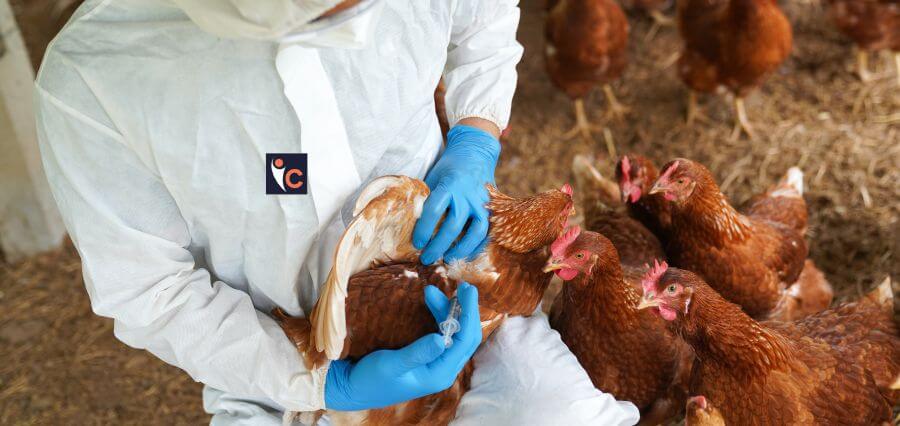The UN health agency stated on Wednesday that the H5N1 avian influenza virus has not yet exhibited any indications of changing to permit human-to-human transmission and advised ongoing monitoring. Since the avian flu outbreak that has affected millions of dairy cattle nationwide, there has only been one incidence of human illness reported in the United States. A minimum of 220 individuals are being observed, and a minimum of 30 have undergone testing.
“However, many more people have been exposed to infected animals, and it is important that all those exposed are tested or monitored and receive care if needed,” Tedros Adhanom Ghebreyesus, Director-General of the UN World Health Organization (WHO), said at his regular press briefing.
“So far, the virus does not show signs of having adapted to spread among humans, but more surveillance is needed,” he urged.
Vitrification or pasteurisation eliminates the virus. Although the virus has been found in raw milk in the US, the head of WHO added that “preliminary tests show that pasteurization kills the virus.”
He emphasized, “WHO’s long-standing recommendation is that people should drink pasteurized milk in all countries.” The heat treatment method known as pasteurization lowers the potential quantity of harmful bacteria in milk to a point where they pose no major risk to human health. It also prolongs milk’s shelf life. Tedros added that the WHO continues to classify the public health risk associated with H5N1 avian influenza as low to moderate for humans exposed to infected animals, based on the evidence currently available.
The agency, he continued, has a system in place to monitor influenza throughout the world through a network of centers spanning 130 countries, seven collaborating centers, and twelve reference laboratories equipped with the tools and biosafety standards necessary to handle H5 viruses.
“We also have the Pandemic Influenza Preparedness Framework to support the rapid development and equitable distribution of vaccines in case of an influenza pandemic,” he said.
H5N1 has been spreading rapidly among terrestrial and marine mammals, poultry, wild birds, and dairy cattle in recent years. Despite the lack of evidence of human-to-human transmission, 28 human cases have been reported since 2021. Nine states and thirty-six dairy herds have been affected by the outbreak in the United States thus far.
Read More: Click Here















